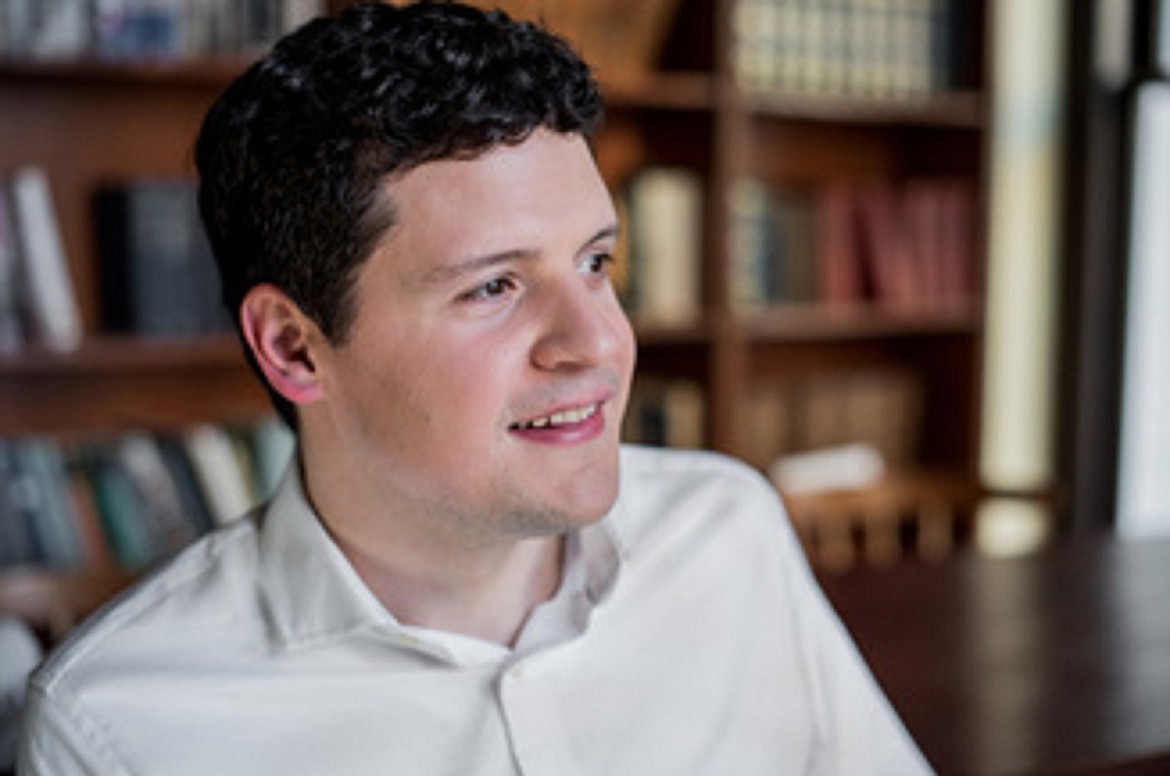Campaign begins to 'Reclaim Idaho'
COEUR d’ALENE — Luke Mayville, his mother and brother moved to North Idaho in 1992 from Oklahoma after the death of his grandfather. Mayville’s grandfather had moved to Sandpoint from California after retiring from his job as a welder for General Motors. A veteran of World War II with no inherited wealth or college education, he worked his whole life to pass down that legacy to Mayville’s family. They moved to the one piece of land in Sagle his grandfather left them to find some sense of economic stability.
“What really gets to me is to think what it would be like for someone like my grandfather in today’s America,” Mayville said. “Someone who, say, comes back from Afghanistan today, with no inherited wealth. I wouldn’t even say with no college education — I would say even with two or four years of college education — but no family ties, no strong social networks of any kind.
“Would they still be able to build that kind of middle-class life for themselves and leave that to their family?”
Mayville, a Sandpoint native, author, activist and postdoctoral fellow at Columbia University, opened with this story to start the conversation about the campaign he co-founded, “Reclaim Idaho,” Friday at noon for the Kootenai County Democratic Club’s meeting at the Iron Horse Restaurant.
Shem Hanks, president of the Democratic Club, said Paula Neils, Kootenai County Democrats’ committee chair, invited Mayville to speak as part of the club’s tradition of bringing in a speaker once a month.
Mayville holds a Ph.D. from Yale University; his work focuses on economic inequality and oligarchy in the history of political thought. The Reclaim Idaho campaign launched Thursday night in Sandpoint, where Mayville and Pulitzer Prize-winning author Marilynne Robinson discussed the public education platform of the campaign. The other two platforms the campaign focuses on are protected public lands and health care for working families.
“We think education is the primary ladder by which someone — no matter what their background — can climb into the middle class, and health care costs are the primary thing that pulls people out of the middle class,” Mayville said.
Mayville talked about the issues behind health care in the state and how Reclaim Idaho will address them. He designed a strategy to get people aware of and involved in the conversation, called “neighborhood teams” — 50 groups of five to 15 volunteers in communities statewide will “set very concrete goals that all have to do with tried-and-true, effective forms of voter contact,” including knocking on doors and making campaign calls.
He began by legitimizing the issue with the presentation of Idaho’s “health care coverage gap.” The coverage gap refers to the estimated 78,000 adult Idahoans who don’t have access to affordable health coverage. These citizens earn too much to qualify for Medicaid but too little to afford marketplace insurance. Reclaim Idaho seeks to close the gap by expanding Medicaid to people who fit into the middle-class income range.
Part of the campaign is the “Medicaid for Idaho” tour, where Mayville and his colleagues will trek across Idaho in a refurbished 1977 camper known as the “Medicaid Mobile,” to spread awareness and recruit volunteers. The adventure will begin July 25 in Sandpoint and venture through Idaho until they reach Driggs in the southeast. The Medicaid Mobile will make a stop in Coeur d’Alene City Park at 6 p.m. July 27.
Mayville said the campaign’s effectiveness lies in its middle-of-the-aisle approach. One club member asked how to get people on the right-end of the spectrum to get on board, because these progressive platforms often also align with more heated, partisan efforts.
“I believe there’s a real opportunity in any campaign to distinguish between something like the forests and the trees,” Mayville said. “Reproductive rights could be one of the trees — one of the 10 things that you stand for. But when it comes to really defining what the forest is — what the big picture, or theme of your campaign that people are taking away — I believe that’s where you have to make sure that the forest is a consensus agenda.”

